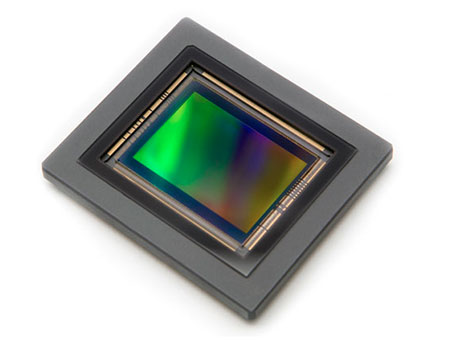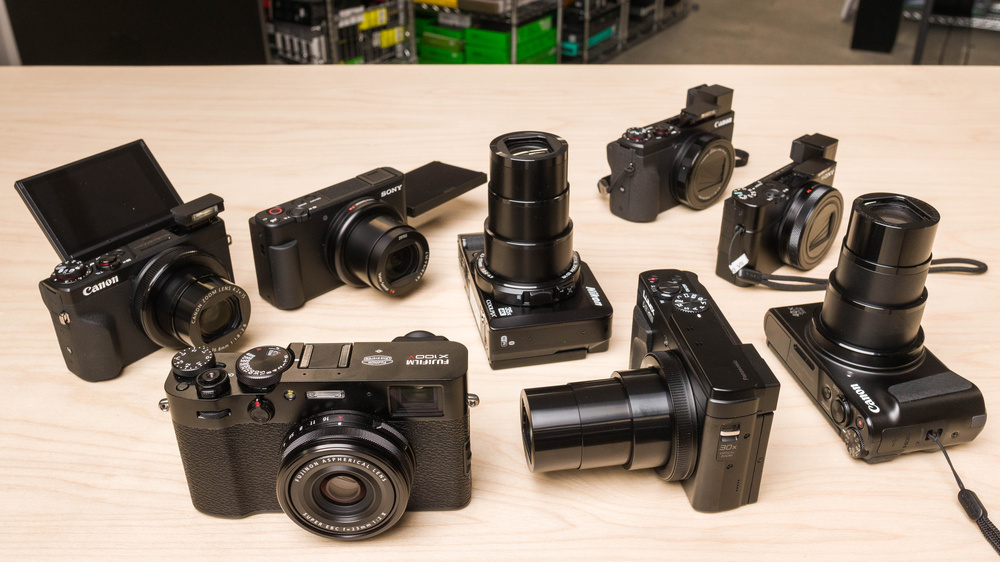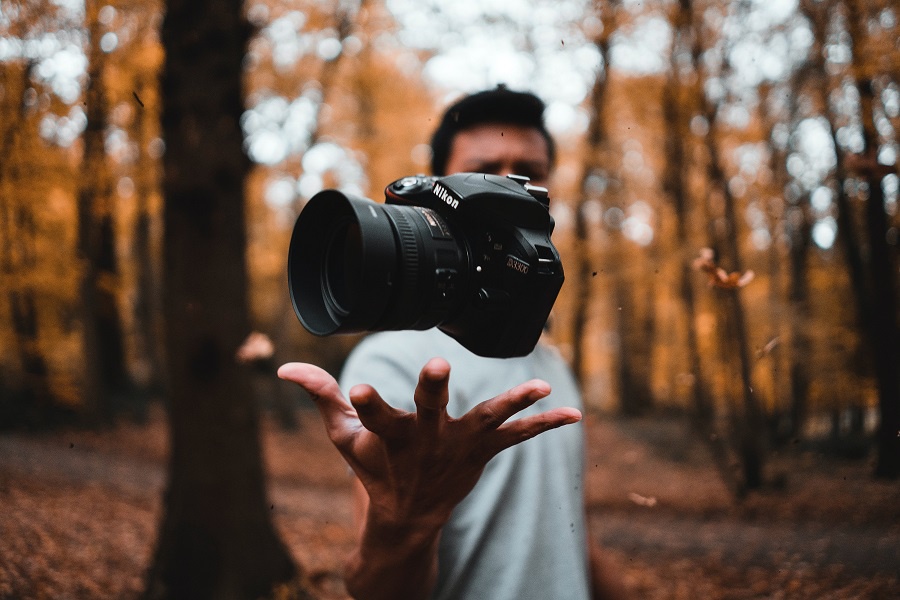In the ever-evolving landscape of technology, the field of photography has experienced remarkable transformations. From advancements in camera technology to innovative software and post-processing tools, tech innovations have revolutionized the way we capture, edit, and share images. In this article, we will explore how these technological breakthroughs are reshaping the photography industry, enabling photographers to push creative boundaries, enhance efficiency, and deliver breathtaking results.
High-Resolution Sensors: Capturing Every Detail

Tech innovations have led to the development of high-resolution sensors, allowing photographers to capture images with unprecedented detail and clarity. The introduction of sensors with higher megapixel counts enables professionals and enthusiasts alike to produce stunning Portrait Photography images that can be printed at large sizes or cropped without sacrificing quality. These advancements have elevated the level of precision and visual impact achievable in Modern Photography.
Mirrorless Cameras: Compact and Versatile

One of the most significant tech innovations in recent years is the rise of mirrorless cameras. Unlike traditional DSLRs, mirrorless cameras eliminate the need for a mechanical mirror, resulting in a more compact and lightweight form factor. Mirrorless systems offer features such as real-time autofocus, in-body image stabilization, and electronic viewfinders that provide a more accurate preview of the final image. These advancements make mirrorless cameras highly versatile and attractive to photographers seeking portability without compromising on image quality.
Artificial Intelligence and Machine Learning: Enhancing Efficiency

Artificial intelligence (AI) and machine learning (ML) technologies have had a profound impact on the photography industry. AI-powered algorithms can now analyze images, recognize subjects, and optimize settings automatically. This technology enables features like intelligent autofocus, scene recognition, and automatic exposure adjustments, making it easier for photographers to capture perfectly exposed and focused shots in various conditions. Additionally, ML algorithms can assist in post-processing tasks, such as noise reduction, image enhancement, and even content-aware editing, saving photographers valuable time and effort.
Computational Photography: Expanding Creative Possibilities
Computational photography combines hardware and software innovations to push the boundaries of traditional image capture. Techniques such as HDR (High Dynamic Range), multi-frame stacking, and image fusion enable photographers to capture scenes with a wider dynamic range and greater detail. Computational photography also facilitates features like portrait mode, which uses depth-sensing technology to create a bokeh effect, simulating the shallow depth of field typically associated with high-end lenses. These advancements expand creative possibilities and empower photographers to experiment with new techniques and styles.
Cloud-Based Workflows: Streamlining Collaboration and Storage
Cloud-based solutions have transformed the way photographers manage their workflows, collaborate with clients, and store their image libraries. Online platforms and storage services allow seamless sharing and collaboration, enabling photographers to work with clients and colleagues from anywhere in the world. Cloud storage also provides a secure and scalable solution for archiving and backing up large volumes of images, ensuring the preservation of valuable work. This accessibility and flexibility have revolutionized the way photographers operate, enhancing productivity and facilitating global connectivity.
Augmented Reality (AR) and Virtual Reality (VR): Immersive Visual Experiences
The integration of photography with augmented reality (AR) and virtual reality (VR) technologies offers immersive visual experiences. From 360-degree photography to virtual tours and interactive image galleries, AR and VR provide unique ways for photographers to engage with their audiences. These technologies have found applications in fields like real estate, travel, and product marketing, allowing users to explore environments virtually and interact with images in compelling and interactive ways.
In Short-
Tech innovations have brought about a significant revolution in the photography industry, empowering photographers with new tools, capabilities, and creative opportunities. From high-resolution sensors and mirrorless cameras to AI-assisted workflows and computational photography, these advancements have


No comments yet